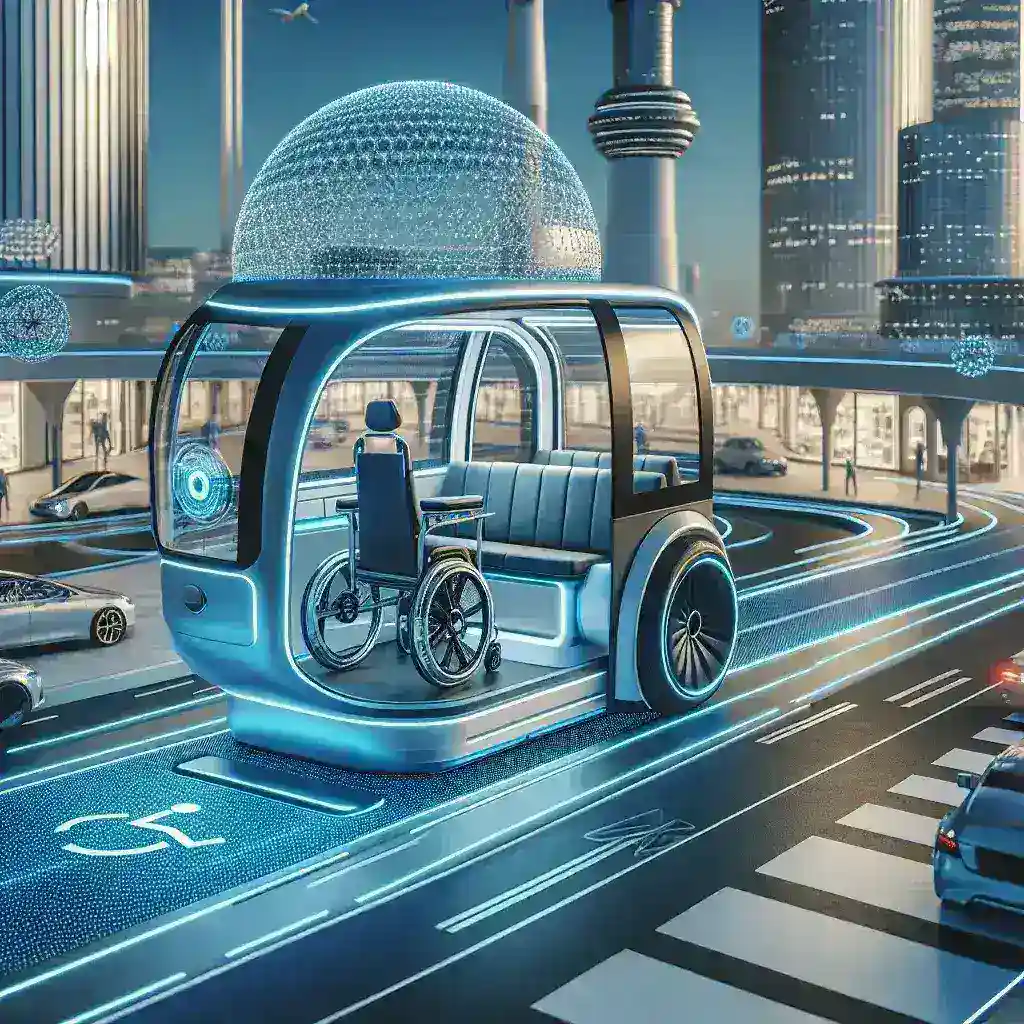Introduction
In a significant move towards inclusivity, Waymo, a pioneer in autonomous vehicle technology, has announced the addition of wheelchair-accessible options to its fleet. This groundbreaking development not only highlights Waymo’s commitment to accessibility but also sets a new standard in the transportation industry for individuals with mobility challenges. As cities around the world strive to become more inclusive, Waymo’s initiative presents an exciting opportunity for people with disabilities to experience the freedom and convenience of self-driving cars.
The Importance of Accessibility in Transportation
Transportation is a critical aspect of daily life, affecting employment, education, and social interaction. Unfortunately, many individuals with mobility impairments face significant challenges when it comes to accessing conventional transportation modes. According to the World Health Organization, approximately 15% of the global population lives with some form of disability, underscoring the urgent need for inclusive transportation solutions.
By introducing wheelchair-accessible options, Waymo aims to break down barriers and provide equal access to its innovative technology. This commitment to inclusivity not only enhances the lives of individuals with disabilities but also fuels a broader cultural shift towards embracing diversity and accessibility.
Waymo’s Innovative Approach
Waymo’s approach to creating wheelchair-accessible autonomous vehicles integrates advanced technology with a deep understanding of user needs. The team at Waymo has conducted extensive research and collaboration with accessibility experts and community organizations to design vehicles that cater specifically to the challenges faced by wheelchair users.
Design Features of Wheelchair-Accessible Vehicles
The new wheelchair-accessible vehicles in Waymo’s fleet boast several innovative design features:
- Low Floor Accessibility: The vehicles are designed with a low floor height, allowing for easy entry and exit for wheelchair users.
- Spacious Interior: Ample space has been allocated within the vehicle to accommodate the dimensions of various wheelchairs comfortably.
- Securement Systems: Advanced securement systems ensure that wheelchairs are safely secured during transit, providing peace of mind for passengers.
- User-Friendly Controls: The vehicles are equipped with intuitive controls that allow passengers to operate the vehicle’s features easily.
Testing and Implementation
Waymo is currently in the phase of testing these wheelchair-accessible vehicles in various environments to ensure their functionality and reliability. The testing process includes real-world scenarios where individuals with mobility challenges can provide feedback and insights on their experiences.
As part of its rollout strategy, Waymo plans to collaborate with local transportation authorities and disability advocacy groups to facilitate smooth integration into existing transportation systems. This collaborative approach ensures that the vehicles will be strategically deployed in areas where they can have the most significant impact.
Community Impact
The introduction of wheelchair-accessible options is poised to make a meaningful difference in the lives of many individuals. By providing reliable and accessible transportation, Waymo is not only enhancing individual mobility but also fostering greater independence and social participation for people with disabilities.
Real-Life Examples
Consider the case of Sarah, a young woman who has relied on traditional transportation methods that often fall short of meeting her needs. With the introduction of Waymo’s wheelchair-accessible vehicles, Sarah can now book a ride with confidence, knowing that she will have a safe and comfortable mode of transportation at her disposal.
Future Predictions
The launch of wheelchair-accessible options marks just the beginning of Waymo’s efforts to enhance accessibility in autonomous transportation. Experts predict that as technology continues to evolve, we can expect even more innovative features designed to support diverse user needs.
In addition to accessibility, Waymo is likely to expand its fleet to accommodate other specialized requirements, such as vehicles designed for the elderly or individuals with sensory impairments. This vision aligns with a broader movement towards Universal Design, which advocates for creating products and environments that are accessible to all individuals, regardless of their abilities.
Challenges Ahead
While the addition of wheelchair-accessible vehicles represents significant progress, there are still challenges that Waymo and the industry must address. Public perception of autonomous vehicles, regulatory hurdles, and the need for ongoing education around accessibility are just a few of the factors that will shape the future of this initiative.
Regulatory Compliance
Waymo must navigate a complex landscape of regulations governing transportation and accessibility. This includes ensuring compliance with the Americans with Disabilities Act (ADA) and other relevant legislation, which will require ongoing collaboration with policymakers to create frameworks that support the deployment of autonomous vehicles.
Conclusion
Waymo’s addition of wheelchair-accessible options to its autonomous vehicle fleet is a remarkable step towards creating a more inclusive society. By prioritizing accessibility, Waymo is not only transforming the transportation landscape but also sending a powerful message about the importance of catering to the needs of all individuals.
As we move forward, it is essential for companies, communities, and governments to join forces in promoting accessibility and fostering a culture of inclusivity. Waymo’s initiative serves as a beacon of hope and a model for future developments in transportation that prioritize the needs of every individual.
Call to Action
As the world embraces the future of autonomous vehicles, let us advocate for continued innovation in accessibility. Whether through supporting legislation or raising awareness, we can all play a role in ensuring that everyone has the opportunity to experience the benefits of modern transportation.

Leave a Reply